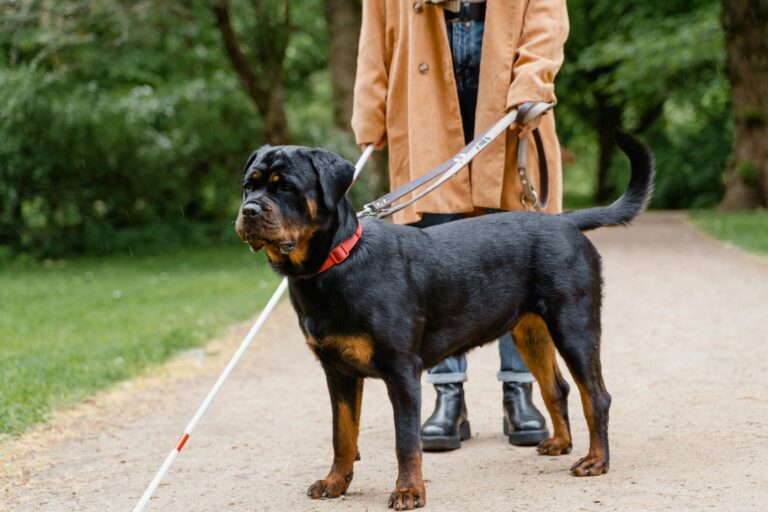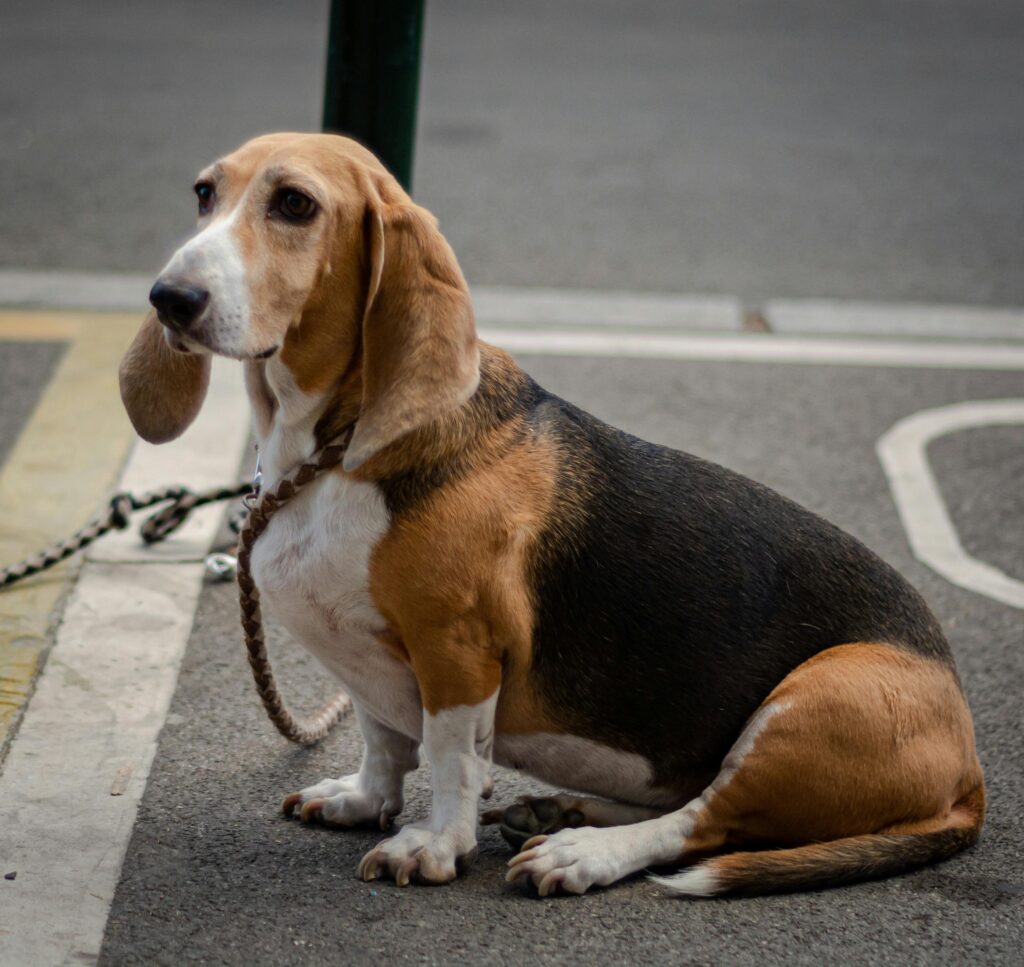Fall is just around the corner. With cooler weather and colorful leaves comes the perfect opportunity for scenic walks and outdoor adventures. But if your dog turns every outing into a tug-of-war, those autumn strolls can quickly become frustrating. Loose leash walking is one of the most valuable skills your dog can learn. It also happens to be one of the most misunderstood.
Whether you’re gearing up for hikes, trips to apple orchards, or local festivals, now is the ideal time to teach your dog how to walk calmly by your side. This blog will break down what loose leash walking really means, how to train it, and how to troubleshoot common mistakes before fall kicks off.
What Loose Leash Walking Is (and What It Is Not)
Loose leash walking is when your dog walks beside you with a relaxed leash, without pulling ahead or lagging behind. It does not mean a perfect heel position, and it does not require your dog to stare up at you constantly. Instead, it is about comfort, freedom, and control.
Loose leash walking means:
- The leash forms a slight “J” shape
- Your dog pays attention to your movements
- Walks feel relaxed, not forced or chaotic
- You can stop and go without a leash battle
It is not:
- A rigid, military-style heel
- Letting your dog pull you wherever they want
- Constant corrections or leash yanking
If your dog has already formed bad habits on the leash, it may take some time to retrain their mindset. That is where consistency and the right tools come in.
Why Fall Is the Best Time to Train This Skill
Cooler weather brings more walking opportunities, dog-friendly events, and family outings. Fall is also an ideal time to reinforce structure before the distractions of the holiday season begin.
Training now helps prepare your dog for:
- Busy trails and parks
- Crowds at festivals and markets
- Longer walks or hikes without leash tension
- Visiting family or new environments calmly
If your fall plans include your dog, now is the time to lay the foundation.
Step-by-Step: How to Teach Loose Leash Walking
Step 1: Start in a Low-Distraction Area
Begin in your yard, driveway, or a quiet sidewalk. You want your dog to focus on you without being overstimulated.
Step 2: Use Clear Rewards
Bring high-value treats or a favorite toy. Reward your dog any time they walk beside you with a loose leash, even for just a second.
Step 3: Change Direction Often
If your dog pulls ahead, stop walking and change direction. This teaches them that pulling does not lead to progress, but staying close does.
Step 4: Keep Sessions Short
End your sessions on a high note. Two to five minutes of quality leash work is more effective than 30 minutes of tension and frustration.
Make Leash Training Fun
Training does not have to feel like a chore. Use games to teach focus and engagement. Our post on games and drills to make leash training fun and effective offers easy ways to add variety and joy into your walks while reinforcing control.
Use the Right Gear
Sometimes, the right tools make all the difference. Here are a few essentials we recommend:
- A 4 to 6-foot leash (no retractables)
- A flat collar or training collar approved by your trainer
- A treat pouch for quick rewards
- A slip leash or prong collar used correctly and with guidance
Avoid harnesses designed for pulling, as they often encourage the exact behavior you are trying to stop. For a deeper look at the pros and cons, the AKC provides a helpful guide on dog harnesses versus collars.
Common Mistakes to Avoid
- Allowing pulling during walks: Even once reinforces the habit.
- Inconsistent rules across family members: Consistency is key.
- Starting when your dog is overly excited: Begin in a calm state of mind.
- Treating walks only as exercise: Every walk is also a training opportunity.
If your dog constantly pulls or lunges on the leash, our Basic Obedience Program can give you the tools to walk confidently and calmly.
Check out our Basic Obedience Program
Practice in Real-Life Settings
Once your dog can walk calmly in a quiet space, begin adding distractions. Parks, sidewalks, and dog-friendly stores provide excellent training grounds. Stick to the same principles: reward calm behavior, pause for pulling, and change direction as needed.
The more real-world experience your dog gains, the better they will perform when it matters most.
Final Tips for Loose Leash Walking Success
- Start your walk with a short training session
- Maintain a steady, purposeful pace
- Reinforce calm behavior when you stop to rest
- Keep treats on hand to reward attention and proximity
- Stay patient and lead with calm energy
Final Thoughts
Loose leash walking is a game changer for your relationship with your dog. It turns stressful outings into relaxed adventures and gives your dog the freedom to explore without chaos. With consistent practice and the right structure, fall can become the season your dog finally learns to walk beside you, not ahead of you.
Need help eliminating leash pulling for good? We are here to help.
Contact Off Leash K9 Training Dayton today to get started.


